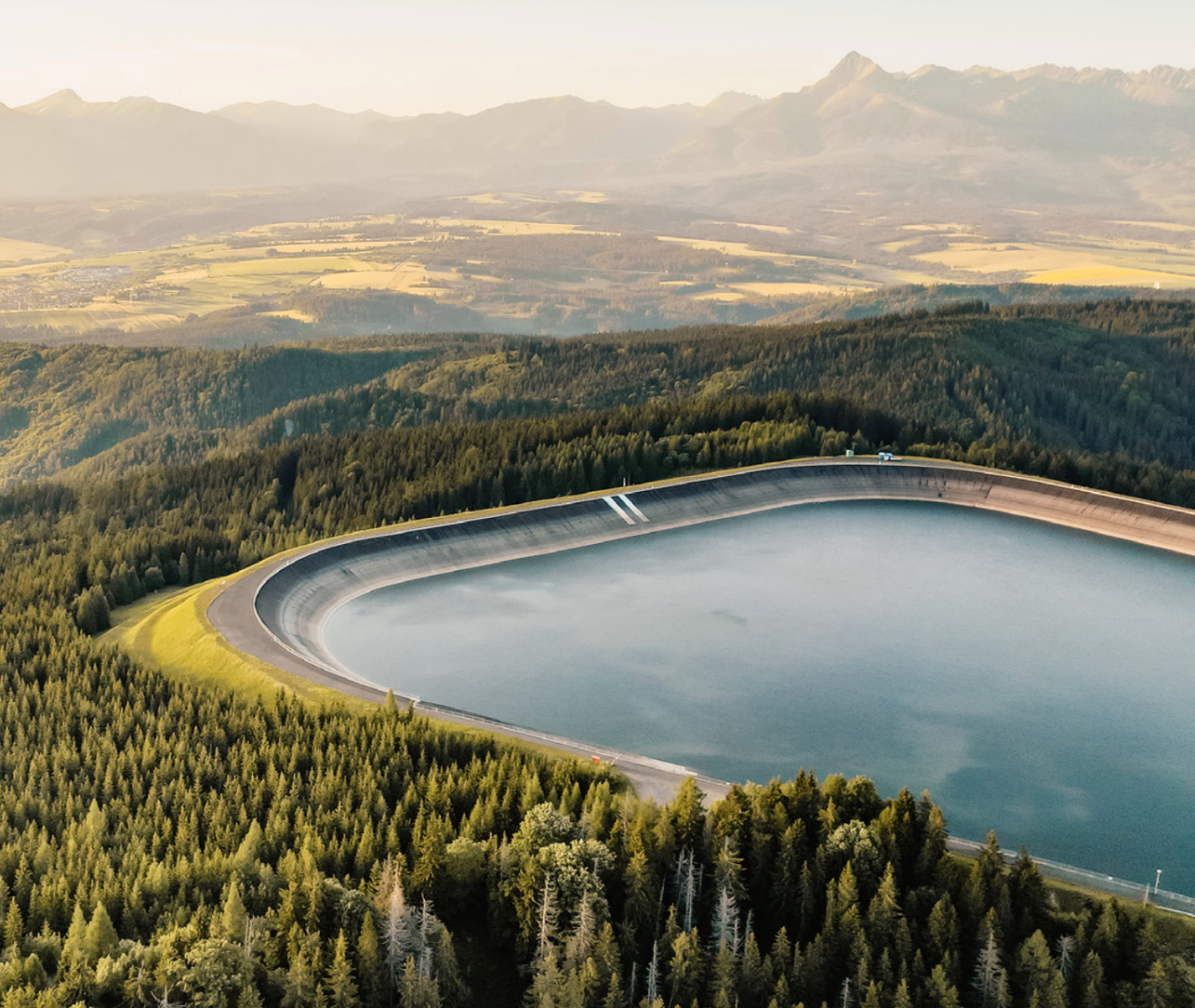Qualcomm's 2023 Corporate Responsibility Report: Resource Management - Water
- Qualcomm prioritizes assessing its water footprint and conserving water, especially in California and its manufacturing facilities.
- The company uses reclaimed water for irrigation and cooling plant systems to reduce dependency on potable water.
- Innovative solutions like recapturing rainwater for industrial processes help reduce the need for tanker-imported water deliveries and pollution from diesel trucks.
- Water audits are conducted at manufacturing facilities to assess usage and share best practices.
- Qualcomm has an internal price for water to make the real cost of water usage transparent and promote cost-effective and water-efficient processes.
- Projects like the Local Scrubber Drain technology at the Singapore facility have led to significant water savings and improved water recovery rates.
- None.
Originally published in Qualcomm's 2023 Corporate Responsibility Report
NORTHAMPTON, MA / ACCESSWIRE / April 16, 2024 / As water sources around the world become increasingly stressed, we are acutely aware of the need to treat water as the precious resource it is. We prioritize assessing our water footprint and conserving water, particularly in California and in our manufacturing facilities, so that we act responsibly in areas that are perennially impacted by water challenges.
In our facilities, we make our greatest gains in water conservation by using reclaimed water instead of potable water for irrigation and our cooling plant systems, whenever possible. During our new office construction efforts at our Bangalore sites, for example, our Facilities Engineering team developed an innovative solution to permanently recapture non-potable water sources including rainwater and pump it into the building's raw water tanks for industrial (non-potable) processes, thus reducing the need for tanker-imported water deliveries while also avoiding pollution that the diesel trucks create. These improvements help reduce our dependency on potable water and increase resiliency in our operations.
At our manufacturing facilities, we conduct water audits to assess usage and share best practices between our locations. Additionally, we have an internal price for water that makes the real cost of water usage and water treatment transparent and evident. This facilitates a strong motivation to develop cost-effective and water-efficient processes.
At our Singapore manufacturing facility, we implemented numerous water savings projects. For example, we installed an innovative watersaving technology known as Local Scrubber Drain (LSRD). This was a collaborative effort with Singapore's Public Utility Board to support the government's water conservation initiative. It has resulted in more than 200,000 cumulative cubic meters (m3) of additional annual water savings and an overall improvement of the plant water recovery rate from 24 percent to 50.5 percent.

View additional multimedia and more ESG storytelling from Qualcomm on 3blmedia.com.
Contact Info:
Spokesperson: Qualcomm
Website: https://www.3blmedia.com/profiles/qualcomm
Email: info@3blmedia.com
SOURCE: Qualcomm
View the original press release on accesswire.com







